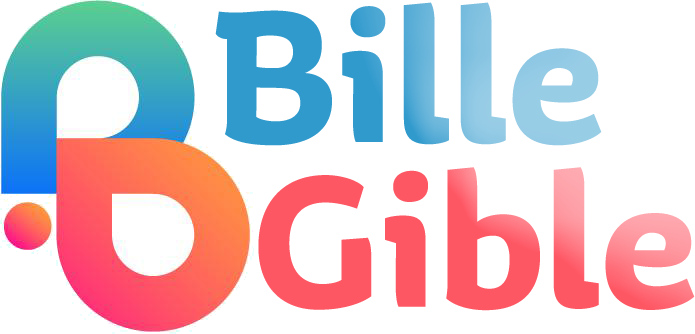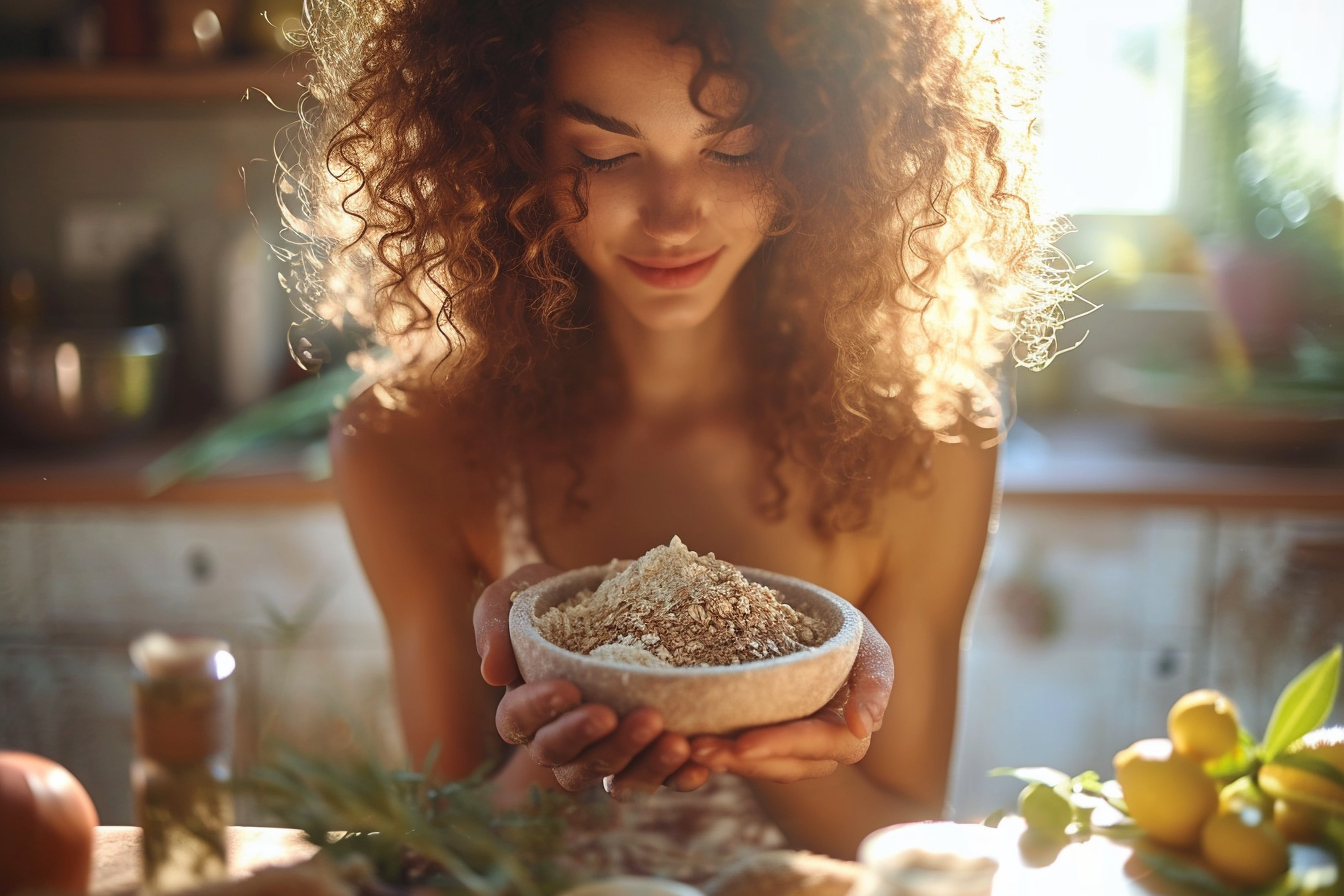In the journey toward embracing a more natural lifestyle, many individuals are seeking ways to incorporate organic and chemical-free products into their daily routines. Natural hair care is an essential part of this trend, and learning to craft your own dry shampoo is a valuable skill. This comprehensive resource delves deep into the world of natural hair care, with a focus on creating DIY dry shampoo that caters to diverse hair types and preferences.
Understanding natural hair care
The importance of natural ingredients
Hair care products void of harsh chemicals and synthetic ingredients are kinder to your hair and scalp. They offer a gentler alternative that maintains the hair’s natural oils and prevents the irritation often caused by conventional products. Delving into natural hair care, you begin a journey of learning about beneficial ingredients and how they interact with your hair’s unique ecology.
Recognizing hair types and needs
Hair comes in a variety of textures and conditions, from straight to curly, oily to dry. Recognizing your hair’s specific needs is the foundation of an effective hair care regimen. Products should be tailored to enhance your hair’s natural beauty without causing damage or build-up.
The art of diy dry shampoo
Benefits of dry shampoo
Dry shampoo is a revolutionary product that allows you to refresh your hair without water. It can be a lifesaver on busy mornings or when traditional washing is impractical. Ingredients used in dry shampoos absorb excess oil, give volume, and leave hair smelling fresh.
Selecting the right ingredients
When it comes to making your own dry shampoo, selecting the right ingredients is pivotal. A broad range of natural components can be used, including:
- Starches: Such as cornstarch or arrowroot powder, to absorb oil.
- Clays: Like kaolin or bentonite clay, for added detoxification properties.
- Botanicals: Herbal powders offer benefits specific to hair health and fragrance.
- Essential Oils: A few drops not only scent your product but can also provide scalp and hair benefits.
These ingredients cater to specific hair needs, much like their store-bought counterparts, without the unnecessary additives.
Formulating dry shampoo for different hair colors
For light hair
Astute in crafting homemade products, individuals with light hair may lean toward using lighter powders like cornstarch or white kaolin clay. They blend seamlessly with lighter strands, ensuring no visible residue is left.
Sample Recipe:
- 1/4 cup cornstarch
- 1 tablespoon baking soda
- 5 drops lavender essential oil
For dark hair
For those with darker hair, incorporating ingredients such as cocoa powder not only helps with oil absorption but also conceals the product within the hair.
Sample Recipe:
- 1/4 cup arrowroot powder
- 2 tablespoons cocoa powder
- 5 drops rosemary essential oil
For red hair
Red hair can be tricky, but cinnamon and red clay can offer a color match while providing the same refreshing results.
Sample Recipe:
- 1/4 cup arrowroot powder
- 1 tablespoon cinnamon
- 5 drops peppermint essential oil
Customizing for scent and health benefits
When selecting essential oils, consider both scent preferences and hair-scalp benefits. For instance, tea tree oil is widely recognized for its antimicrobial properties, beneficial for those with dandruff or itchy scalp issues. Meanwhile, rosemary oil can stimulate hair growth and strength.
Application techniques for dry shampoo
Even distribution is key
Mastering the application of dry shampoo is as important as the concoction itself. To avoid an uneven, cakey appearance, sprinkle sparingly at the roots and use a brush or your fingertips to distribute the product throughout the scalp.
Letting the product work its magic
Allow the dry shampoo to sit for a few minutes post-application. This pause enables the ingredients to fully absorb the oils, ensuring maximum efficacy and a cleaner look.
Troubleshooting common issues
Avoiding build-up
Overuse of dry shampoo can lead to build-up on the scalp. A delicate balance must be maintained between convenient hair-freshening sessions and the fundamental need for regular washing with water.
Residue management
Users of dry shampoo, especially homemade variants, occasionally face the issue of visible residue. Perfecting the ratio of ingredients and honing application technique can mitigate this concern, resulting in an invisible finish.
Sustainability and cost-effectiveness
Embracing an eco-friendlier approach
Creating natural hair care products at home not only reduces the exposure to harmful chemicals but also lessens environmental impact. By selecting sustainable and biodegradable ingredients, and reusing containers, your ecological footprint shrinks significantly.
The financial advantage
Beyond the health and environmental benefits, there’s a financial advantage to be considered. Making your own dry shampoo can be remarkably cost-effective, saving you from purchasing premium-priced natural alternatives on the market.
Beyond dry shampoo: a holistic approach to natural hair care
Balanced hair health regimen
While dry shampoo plays a versatile role in hair care, it should be part of a comprehensive approach that includes proper nutrition, hydration, and safe styling practices. Ensuring a balanced regimen promotes long-term hair health beyond the temporary fix of oil absorption.
Deepening knowledge on natural ingredients
Expanding your horizons within the world of natural hair care ingredients not only benefits your DIY creations but also informs your choices of manufactured products. Knowledge of ingredient properties and effects empowers smarter, health-supported purchasing decisions.
Continuous learning and experimentation
Hair care, much like skincare, is deeply personal and often involves a process of trial and error. Continual learning and experimentation with different recipes and ratios are critical in fine-tuning your natural hair care routine to suit your unique needs.
Final thoughts on embracing natural hair care
Mastering natural hair care, particularly the craft of making your own dry shampoo, is a rewarding journey that prioritizes health, sustainability, and individuality. The resources and insights provided here serve as a robust starting point. However, the adventure doesn’t end here—as you refine your methods and learn more about your hair’s specific requirements, you carve out a path that’s distinctively your own.
This quest for natural hair care mastery is ongoing, as new discoveries and improvements continue to surface. Keep exploring, keep learning, and above all, keep enjoying the natural beauty that is uniquely yours.

